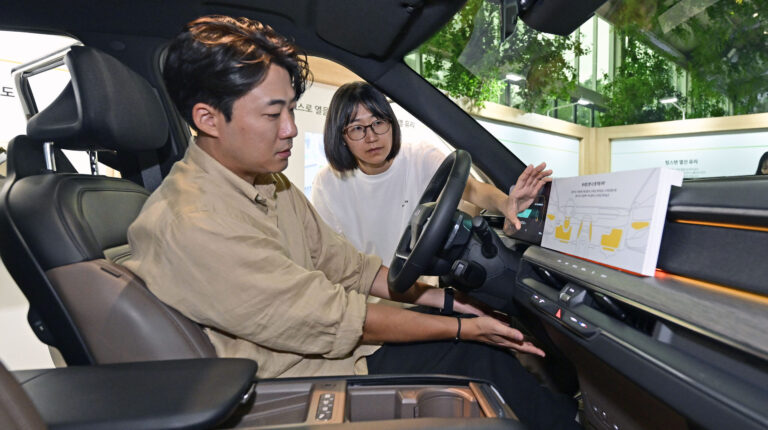Hyundai Motor Company and Kia Corporation have introduced three technologies aimed at improving temperature regulation within vehicles to enhance passenger comfort and energy efficiency.
The technologies – first presented at the Heat Tech Day in Seoul, South Korea – are part of the companies’ ongoing research and development efforts focused on improving in-vehicle conditions, especially as cars increasingly serve as multifunctional spaces.
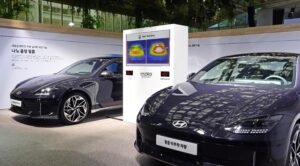
The first solution introduced was a nano cooling film. When applied to vehicle glass, this reduces interior temperatures in hot weather. In tests, the companies say the film lowered interior temperatures by up to 12.5°C compared with untreated glass. The film blocks infrared radiation and allows heat to escape, improving cabin conditions without affecting light transmission.
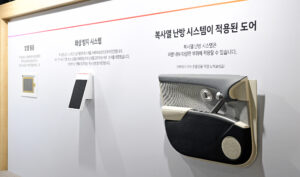
The second technology – a radiant heating system – is designed for cold weather and quickly warms passengers by directing radiant heat toward them. It conserves energy by working alongside the vehicle’s heating system, potentially saving up to 17% more energy and extending the driving range of electric vehicles in winter, according to the companies. The system can heat the lower body within three minutes and includes safety features to prevent burns.
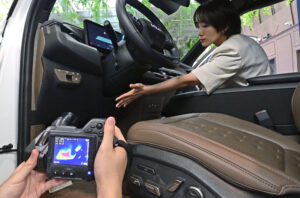
Metal-coated heated glass was also presented at the event. This technology defrosts and dehumidifies vehicle windows, improving visibility and safety. Using a 48V system, the glass can defrost within five minutes at temperatures as low as -18°C, said the companies. Additionally, the glass can block solar energy on hot days, reducing the need for cabin cooling.
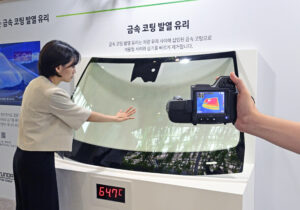
“The three technologies unveiled today are closer to customers than any other technology,” said Young Ho Jung, VP and head of the Thermal Energy Total Development Group at Hyundai Motor Company. “We are developing technologies to provide the most pleasant environment, considering every moment that customers experience in mobility.”
Hyundai and Kia have applied for patents for these technologies and plan to integrate them into future vehicle models.


